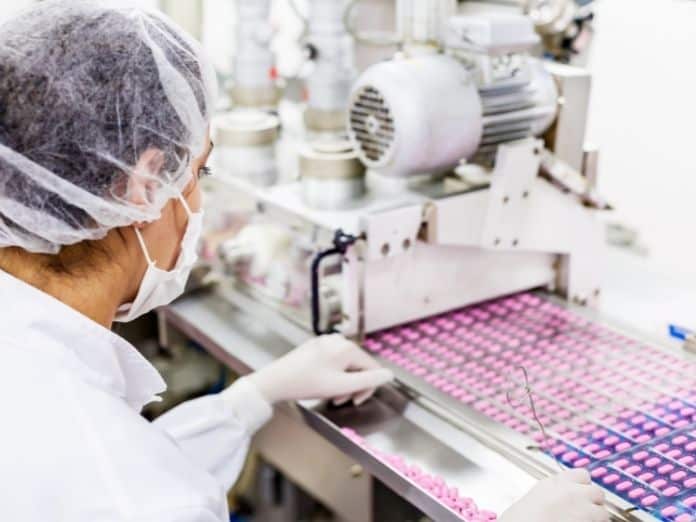It’s easy to get a prescription, take a pill, and move along with your day. You hardly ever think about the development of the drug you are taking. Nevertheless, every pharmaceutical drug isn’t perfect right off the bat, and impurities can form. Luckily, many people know how to control impurities in drug manufacturing to help us survive.
Trust the Process
The best method of protecting drugs from impurities is the phase-based holistic strategy. In the beginning, scientists will analyze the chemical process and search for any potential irregularities. Solvents and reagents may cause impurities, as well as the selected synthetic route. This route is a step-by-step procedure that develops a large compound from a series of smaller chemicals. During this procedure, scientists’ primary goal is to find errors, especially potential genotoxic impurities. Lastly, scientists will determine if the drug is at an acceptable contaminant level.
Identify Potential Impurities
Scientists use several advanced techniques that identify impurities on the spot. Liquid chromatography can identify and separate a compound if technicians find some contaminants within the chemical. After the chromatography, chemists join forces and use high-resolution mass spectrometry to investigate the chemical reaction. Doing these practices will drastically minimize any nefarious chemical structures. After the test results, they will double-check for the impurity using orthogonal structure confirmation.
Keep It Under Control
Analytical and process chemists form a team to delve deeper into the problem if scientists locate impurities. The analysts have control of the filtrates, intermediates, and post-crystallization resolutions. It’s vital to have a robust analytical department to guarantee the accuracy of any findings along the way. However, an impurity may sneak by analysts, making the process chemists the last line of defense.
Be Proactive
Preventing impurities from developing is the goal for any chemist, making a proactive approach crucial. A proactive approach includes the following:
- Restricting impurity levels during manufacturing
- Finding impurity structures
- Separating and synthesizing impurities found in toxicity findings
- Evaluating the purity from the beginning
As you can see, it takes a lot of teamwork to certify that our drugs are safe. Knowing how to control impurities in drug manufacturing is essential for the world to provide medical treatment that helps so many people around the globe—the work these scientists do make them modern-day superheroes.






